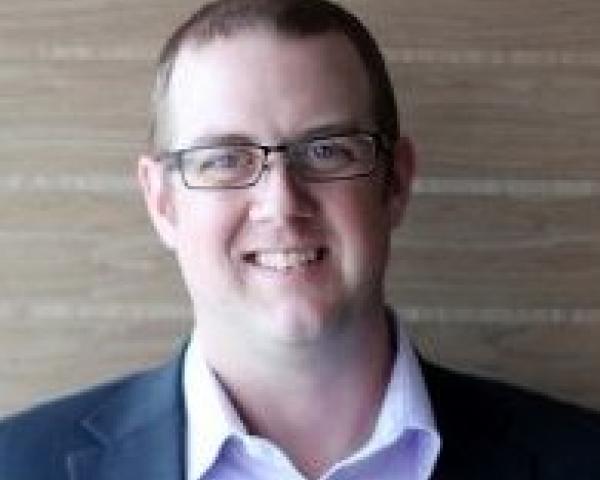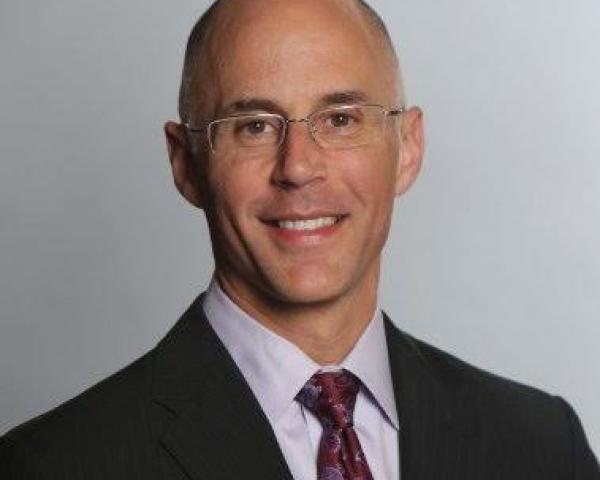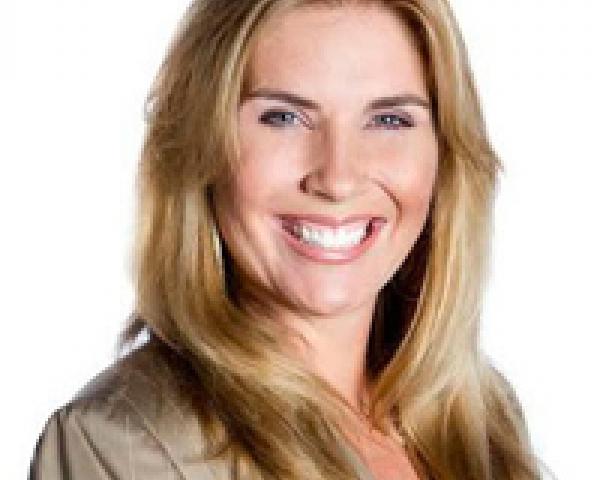While much of the coverage of the insurtech world focuses on innovations in the distribution part of the process and in the P&C arena, the 1,400 insurtechs that we monitor as part of our Innovator's Edge service are showing plenty of sharp thinking in other areas, too. This month's list of 6 Innovators to Watch, for instance, is mostly full of data plays and focused on life and health, not P&C (with a decidely non-U.S. profile). There seems to be plenty of innovation to go around.
The June 6 Innovators to Watch honorees are:
Atidot aims to help life insurance companies make better decisions by unlocking the power of customer data in existing books of business. Based in Tel Aviv, Israel, the company combines life insurance expertise with data science, delivering greater efficiency and accuracy. Using machine learning, the company can structure data from a variety of sources in a client company and analyze it to find signals that it says leads to new customer insights, predictive models and faster go-to-market strategies for products. Atidot is currently serving a South African life insurer and has several pilots under way with other life insurers. To learn more about Atidot, click here.
GeneYouIn offers a product called Pillcheck designed to deliver personalized medicine by ensuring a better match between a person's prescription medicine and his or her genetic profile. The Toronto-based company uses a saliva sample to develop a full genetic profile of a person's suitability for more than 100 medications. Matching drugs to a person's DNA can avoid harmful side effects, improve the efficacy of treatment and avoid the standard trial-and-error process of finding the right medication and dosage. GeneYouIn, currently working with the Canadian military, also targets benefit management companies and disability management companies. To learn more about GeneYouIn, click here.
Jornaya provides insurance companies with an in-depth view of where a customer lead is along the consumer buying journey to more effectively convert leads to customers. Jornaya technology places code on more than 30,000 websites, such as insurance company web sites and quote comparison sites, letting it view consumer activity and score leads according to age, behavior and other metrics. The technology also spots fraud and provides users with records to ensure compliance with consumer protection laws. Insurance is one of Jornaya's fastest-growing verticals, and it currently is working with personal lines insurers in the property/casualty, life and health sectors. Learn more about Jornaya, click here.
Lapetus Solutions provides an innovative way for life insurers to quickly conduct a health risk assessment. Using a mobile device selfie and a brief questionnaire, Lapetus not only can estimate a person's longevity but also identify key health markers, such as age, smoking status and certain disease markers. The Lapetus solution aims to give life insurers access to information as reliable as blood chemistry but in a way that is less invasive, costs less and delivers results more quickly. Wilmington, N.C.-based Lapetus was created by a public health researcher with a focus on longevity and an academic specialist in facial analytics, and is working on several pilots with insurance and reinsurance companies. To learn more about Lapetus, click here.
Safe Beyond offers what it calls the first "emotional life insurance" platform, designed to let its customers deliver important information and personal messages to designated beneficiaries after death. Customers can store important information in a digital safe—such as documents, passwords and more—as well as record video messages to be delivered at designated times or upon the occurrence of certain events in the future after their death, such as the marriage of a child or graduation of a grandchild. The Tel Aviv-based company has identified life insurance and financial advisers as markets that would use the product as a new way to engage with their customers. To learn more about Safe Beyond, click here.
Vericred wants to be the utility company that powers your innovative health plan data and analytics products and services. The New York-based company currently focuses on three main data sets: health plan design and rate data; provider network data; and formulary data. The goal is to make it easier for small group health insurers and innovative tech companies to build tools for searching providers, selling benefit plans, quoting coverage and enrolling policyholders, among other things. Several innovators within Innovator's Edge are customers for Vericred's data as a service, the company says. To learn more about Vericred, click here.
The June honorees are drawn from among the nearly 1,400 insurtech companies that are featured in Innovator’s Edge, a technology platform created by ITL to drive strategic connections between insurance providers and insurtech innovators. From this pool, only those companies that have completed their Market Maturity Review—a series of modules designed to help insurers conduct baseline due diligence on the innovator and make a more informed connection—are eligible to be considered for Innovators to Watch.
For information on previous honorees, click here: May, April and March.
Cheers,
Paul Carroll,
Editor-in-Chief



































